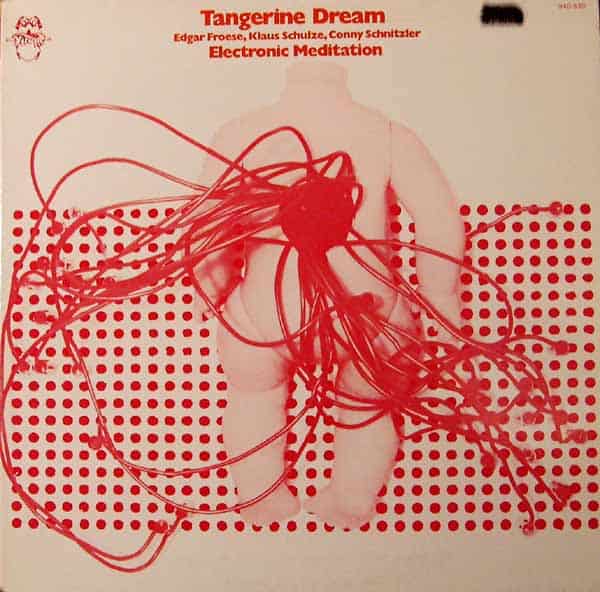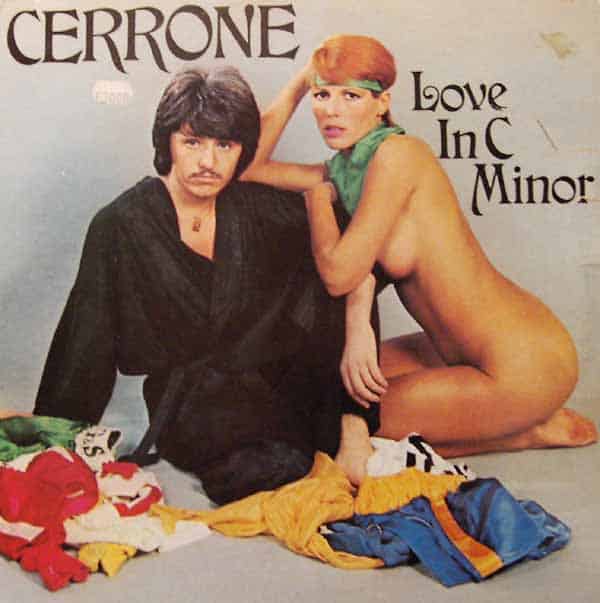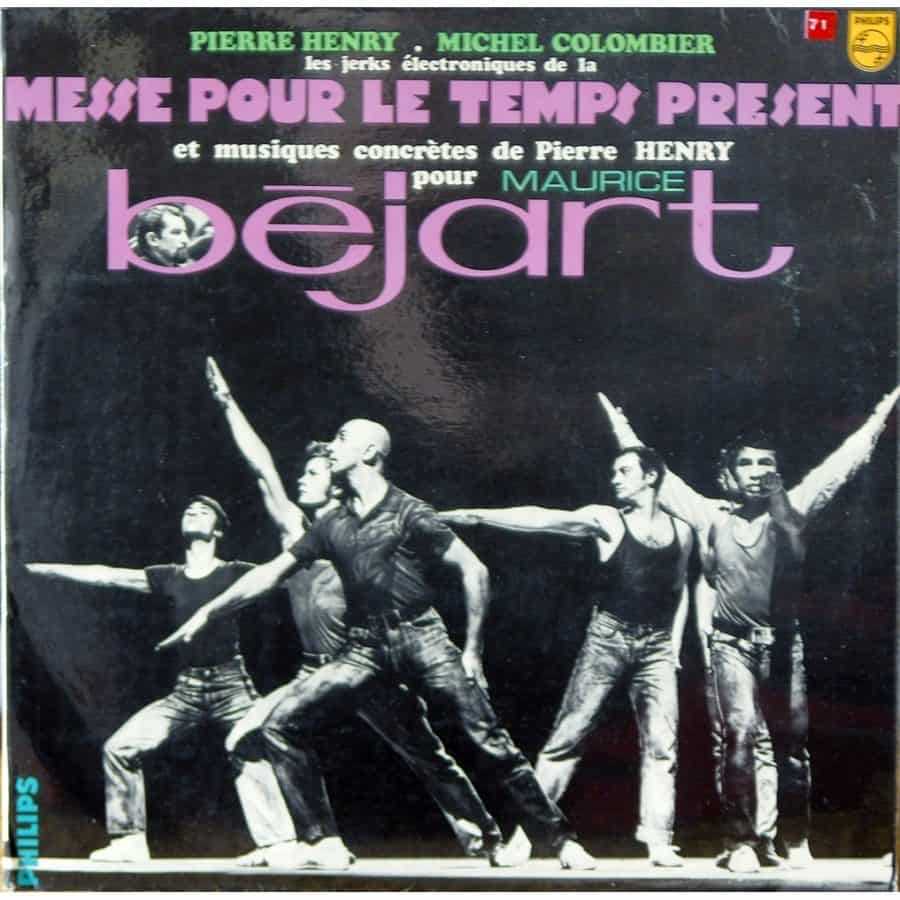Electronic Meditation (Ohr – 1970) marks Tangerine Dream’s raw, experimental debut, blending psychedelic rock with avant-garde electronics
While Electronic Meditation is not for everyone, it’s a fascinating starting point in the evolution of Tangerine Dream. It showcases the early ambition and experimental nature of a band that would go on to become one of the giants of electronic music. Those interested in the roots of krautrock or electronic experimentation will appreciate this album’s raw, unrefined, and intense approach, a reflection of an era when boundaries were eagerly pushed. It’s a chaotic, immersive journey, perhaps best appreciated as an artifact of its time, when experimentation was as boundless as the sounds the band conjured. While not a commercial success, it gained a cult following over the years. First electronic punk album in history ? Anyways, this chaotic, boundary-pushing album laid the groundwork for their future in electronic music, wish you can enjoy a listening moment on a 180-gram vinyl pressing, with audiophile system…
Few more words about the record
When Tangerine Dream’s debut Electronic Meditation was recorded, there was virtually no electronic music equipment available, yet the band managed to make unusual sounds by using everyday objects, such as a sieve filled with dried peas, an old office calculator, 2 old iron bars and parchment paper. These were recorded with a microphone and then run through reverbs and delays. The results were not always very tonal and miles apart from a commercial pop sound. Furthermore, the studio equipment they had at their disposal was at best very sparse and everything was recorded directly onto a Revox 1/4″ tape machine during one of the band’s rehearsals at an old factory in October, 1969 in Berlin… Far from the polished, synthesizer-laden sound that would later define Tangerine Dream’s signature style, Electronic Meditation is an avant-garde journey that veers into free-form rock, psychedelia, and noise, using a minimal electronic setup complemented by electric guitar, organ, and flute.
Actually, this album is more akin to a surreal, psychedelic jam session than a typical album. Edgar Froese, the band’s founding member, collaborates with Klaus Schulze on drums (the only band’s record to features him on drums) and Conrad Schnitzler on cello, producing a collage of sounds that is often chaotic but undeniably hypnotic. The album opens with Genesis where haunting flutes and organ sounds build a strange, ritualistic atmosphere. Journey Through a Burning Brain lives up to its title with its relentless, distorted guitar riffs and intense drumming, capturing a frenetic, hallucinatory energy. Cold Smoke combines Schulze’s powerful drumming with eerie electronics and Schnitzler’s cello, creating a haunting, almost cinematic quality. Ashes to Ashes and Resurrection end the album on an intense note, with frenetic, improvisational energy that feels unfiltered and alive…
Few words about the band
Guitarist Edgar Froese founded Tangerine Dream in 1967. Electronic Meditation, the debut album for the group, was produced in 1970 (some peolple say 1969) with some of the earliest electronic rock music to be recorded. Unlike « Rubycon », the band line-up as well as the sound is different on Electronic Meditation, with more experimentations and basic, sometimes unsettling, tones. This is by far their most rock oriented album, heavy on guitar, organ, and drums. Creator with Hans-Joachim Roedelius about Zodiak Free Arts Lab en 1969, Conrad Schnitzler was a pionneer in the Berlin underground scene. He was in Kluster & Tangerine Dream before starting a solo career in abstract sounds texture.
The Zodiak Free Arts Lab, also called Zodiak Club or Zodiac Club, was a West Berlin’s first performance venue dedicated to experimental music, founded in late 1967 by Conrad Schnitzler (born 1937) and Hans-Joachim Roedelius (born 1934), and Boris Schaak. this place lasted only a few months, but played an essential role in the emergence of the “Kosmische Musik” style, later nicknamed “krautrock.” » Tangerine Dreamplayed there almost every night over a three-month period, sometimes for up to five or six hours straight1 for minimal (if any) fees, and their fiery, noisy, iconoclastic music was sometimes followed by destruction. of material, in the style of the Who. Edgar Froese refers to this period as « the best days of his life. » Conceived as an happenings place, it was located in the undergrounds of Schaubuhne, the Peter Stein theater. The club, with a Dynacord 400 volts sound system, with ampli, echo chambers & delay, became the dreamed place for all possible expérimentations.


